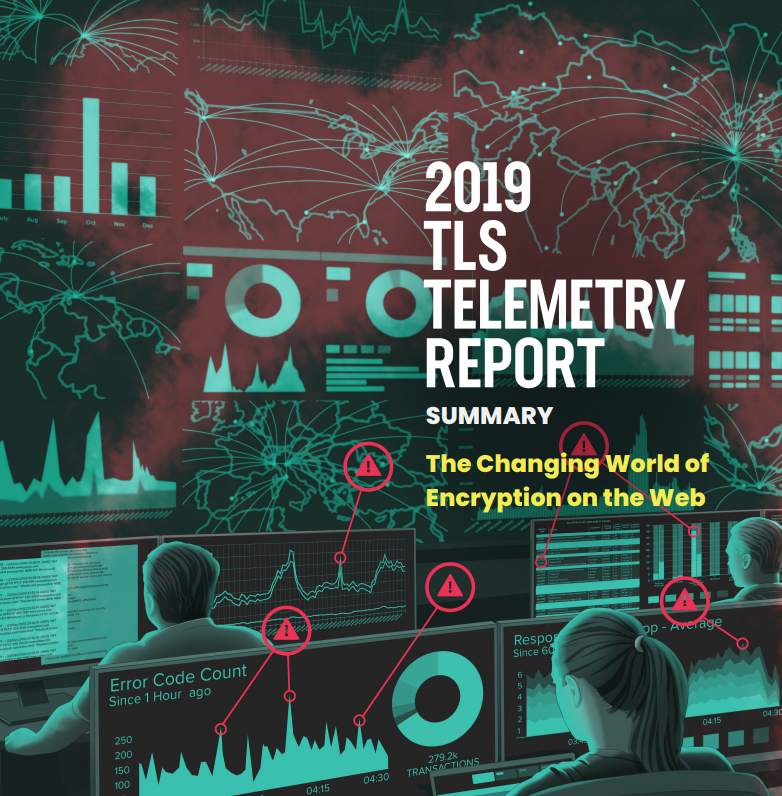Q&A: DNS inventor Paul Mockapetris
Four months after serious flaws in the internet’s addressing system were proven, its inventor is looking beyond the threats to help bolster web security.


The design of DNS was intended so that security features could be added later. But the primary design criteria 25 years ago was, critically, not as complicated as it's come to be over the years. In 1989, which was the first year we saw cache poisoning in the wild, the reaction was to use the mechanisms in DNS for security. But a 16-bit ID field designed as a local extension field wasn't a long-term strategy. And that's what Dan Kaminsky's attack research showed.
So now that DNS has proven to be flawed, what do believe will remedy the situation? Or is the reliance on DNS in IPv4-based web environments always destined to be weaker from a security and resilience perspective now?
At Nominum, the software we've designed for our carriers has to take account of a wide variety of users. Some are very good when it comes to security, like not clicking on unknown attachments and so on, and some aren't. What we're trying to do is to use an internet reputation database to distribute information to carriers and users about whether the IP address of a particular website is trusted or not.
We can't stop users visiting dodgy websites, but we can at least allow them to know a website is dodgy before they visit it. I think the time is right to get digital signature systems built into the DNS and the protocols are there to do it.
But all this work is taking place at agency or vendor level. How can IT professionals adopt a similar approach around designing security into their web services and applications?
I believe something along those lines of signature technology will happen sometime during the second decade this century. Realistically, I think this will be by 2012, but a worst-case scenario would be not to see widespread adoption until as late as 2019.
The good work already done to defend against the Kaminsky flaw has taken the pressure off the industry somewhat. But digital signature technology fundamentally increases security levels for users and for other levels of the internet overall.
Get the ITPro daily newsletter
Sign up today and you will receive a free copy of our Future Focus 2025 report - the leading guidance on AI, cybersecurity and other IT challenges as per 700+ senior executives
But how does this activity translate to the average internet user? Are there any best-practice development lessons that can be learned from having to deal with the Kaminsky flaw?
Essentially, security needs to be simple to understand. That doesn't mean security has to be inherently weak, but the interface has to be something the user can understand.
For instance, I draw an analogy here with a car door lock. Now most people are aware that the skills exist out there for thieves to potentially pick that lock and steal their car. But the level of security it offers allows you to drive your car around and still expect it to be there for you to drive off on your return to it. The same should be true of the internet web security has to be simple and understandable for it to be effective.
A 25-year veteran enterprise technology expert, Miya Knights applies her deep understanding of technology gained through her journalism career to both her role as a consultant and as director at Retail Technology Magazine, which she helped shape over the past 17 years. Miya was educated at Oxford University, earning a master’s degree in English.
Her role as a journalist has seen her write for many of the leading technology publishers in the UK such as ITPro, TechWeekEurope, CIO UK, Computer Weekly, and also a number of national newspapers including The Times, Independent, and Financial Times.
-
 Bigger salaries, more burnout: Is the CISO role in crisis?
Bigger salaries, more burnout: Is the CISO role in crisis?In-depth CISOs are more stressed than ever before – but why is this and what can be done?
By Kate O'Flaherty Published
-
 Cheap cyber crime kits can be bought on the dark web for less than $25
Cheap cyber crime kits can be bought on the dark web for less than $25News Research from NordVPN shows phishing kits are now widely available on the dark web and via messaging apps like Telegram, and are often selling for less than $25.
By Emma Woollacott Published
-
 Why the likes of Shopify are bringing web designers to an end
Why the likes of Shopify are bringing web designers to an endOpinion Modern tools like Shopify are letting small businesses create viable sites for a fraction of the price it might have once cost
By Jon Honeyball Published
-
 Cloudflare fixes outage that knocked major web services offline
Cloudflare fixes outage that knocked major web services offlineNews Online services such as Nord VPN, Shopify, and Steam were all inaccessible by users in most regions
By Connor Jones Published
-
 Google Domains exits beta after seven years
Google Domains exits beta after seven yearsNews The service is now generally available with a 20% discount for new and returning users
By Bobby Hellard Published
-
 Facebook blames faulty configuration change for hours-long outage
Facebook blames faulty configuration change for hours-long outageNews The update caused a "cascading effect" that brought all of the social network's services to a halt
By Bobby Hellard Published
-
 TLS Telemetry Report
TLS Telemetry ReportWhitepaper The changing world of encryption on the web
By ITPro Published
-
 Enhancing subscriber services through DNS
Enhancing subscriber services through DNSWhitepaper Easily expand delivery of value-added security services through a cost-effective DNS-based approach
By ITPro Published
-
 ICANN board blocks private equity firm’s .org purchase
ICANN board blocks private equity firm’s .org purchaseNews Non-profits claimed sale could have had "dire consequences"
By Sarah Brennan Published
-
 Microsoft embraces DNS over HTTPS to secure the web
Microsoft embraces DNS over HTTPS to secure the webNews Developers advocate benefits of encrypted traffic but are likely to encounter anger from ISPs
By Keumars Afifi-Sabet Published